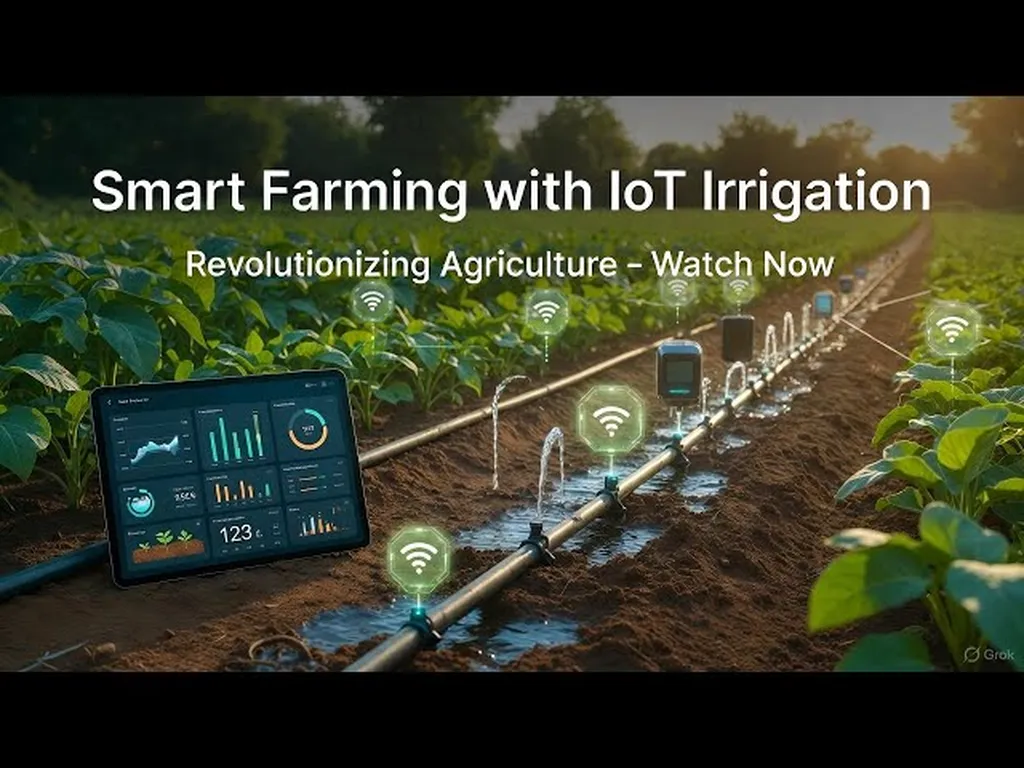In the heart of Indonesia, a groundbreaking study is reshaping the way we think about agricultural water management. Researchers at Bina Nusantara University, led by Jason Timotius Purwoko, have developed a smart agriculture water system that promises to revolutionize crop irrigation. This innovative system, detailed in a recent paper published in the CommIT Journal, combines the Crop Water Stress Index (CWSI), soil moisture content, and weather prediction to create an efficient and effective watering solution for crops.
The research addresses a critical issue in modern agriculture: the delicate balance of watering crops. Overwatering or underwatering can significantly hinder plant growth and reduce fruit production. The traditional methods of irrigation often fail to strike this balance, leading to inefficiencies and wasted resources. Purwoko and his team aimed to change this by leveraging the power of the Internet of Things (IoT) to create a smart watering system that monitors and adjusts water concentration in plants.
The system developed by Purwoko’s team evaluates CWSI and soil moisture content to determine the optimal watering schedule for crops. However, they encountered a challenge: rainwater could lead to overwatering, negating the benefits of their system. To overcome this, they integrated weather prediction into their model. This addition allowed the system to delay irrigation when rain was forecasted, saving water and improving the CWSI results.
The effectiveness of the system was tested using four different watering methods: (1) weather prediction, CWSI, and soil moisture watering system; (2) CWSI and soil moisture watering system; (3) soil moisture watering system; (4) manual irrigation watering system. The results were impressive. The system that incorporated CWSI achieved a 42.7754% smaller CWSI value, indicating better water management. Furthermore, by adding weather prediction, the system saved 21.9% more water compared to the CWSI and soil moisture watering systems.
The implications of this research for the agriculture sector are substantial. “This system has the potential to transform the way we manage water in agriculture,” said Purwoko. “By optimizing water usage, we can improve crop yields, reduce water waste, and ultimately, increase profitability for farmers.”
The integration of CWSI and weather prediction into IoT-based watering systems marks a significant advancement in smart agriculture. This research not only highlights the importance of data-driven decision-making in agriculture but also paves the way for future developments in the field. As the world grapples with water scarcity and climate change, such innovations become increasingly crucial.
The study published in the CommIT Journal by Jason Timotius Purwoko and his team at Bina Nusantara University represents a significant step forward in agricultural technology. By combining CWSI, soil moisture content, and weather prediction, they have created a smart watering system that promises to enhance water efficiency and crop productivity. As the agriculture sector continues to evolve, this research offers a glimpse into the future of smart farming, where technology and data play a central role in sustainable and profitable agriculture.

